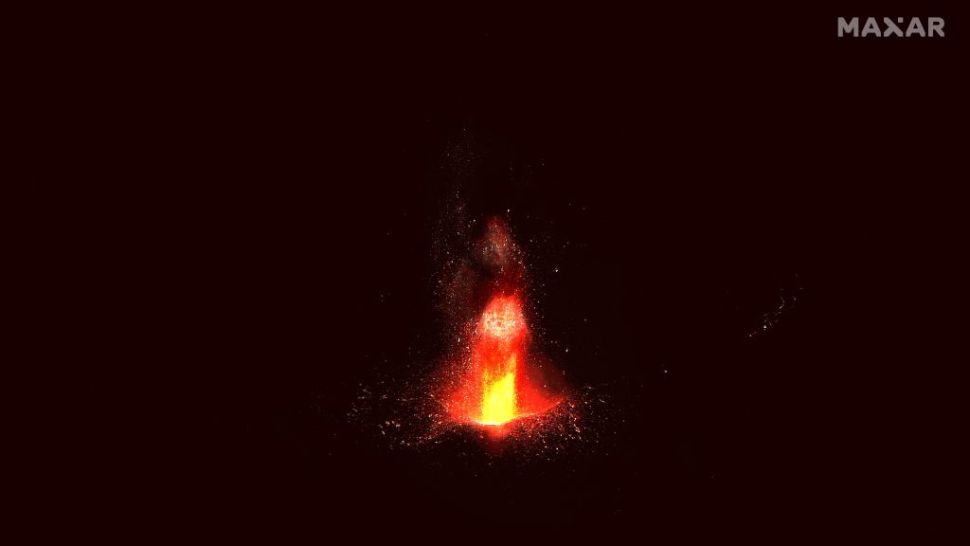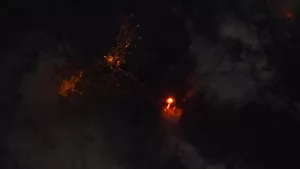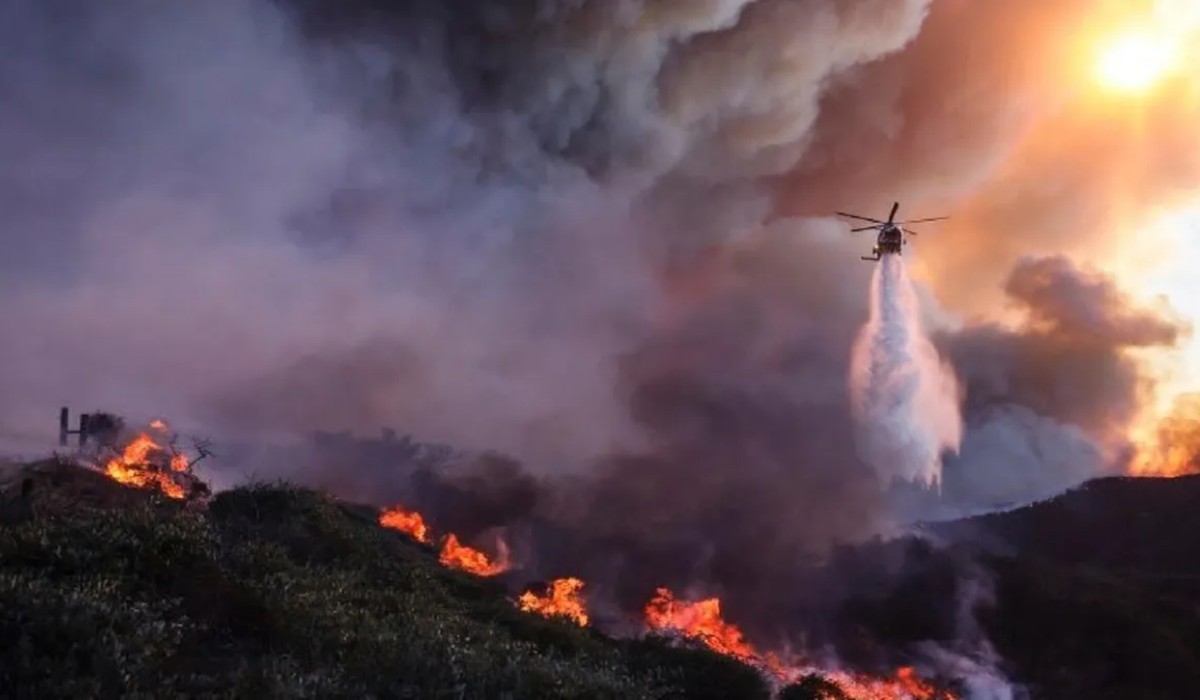New astronaut and satellite images of an active volcano on the island of La Palma reveal the
frightening beauty of the eruption, as well as its dangerous proximity to humans.
La Palma Volcano
Lava began gushing out of the Cumbre Vieja crater on the island, which is located off the coast of
northwestern Africa and governed by Spain, on Sunday (Sept. 19). On Wednesday (Sept. 22),
European Space Agency astronaut Thomas Pesquet shared an image of the eruption as seen from his perch on t
he International Space Station.
“Set against the blackness of the surrounding Atlantic Ocean the bright orange glow is even more impressive,” Pesquet wrote in a tweet.
The erupting volcano on the La Palma island off the coast of west Africa seen from the International Space Station in this photo from European Space Agency astronaut Thomas Pesquet.. (Image credit: ESA/Thomas Pesquet)
Scientists from all over the world continue to closely monitor the ongoing eruption,
Cumbre Vieja’s first since 1971, and predict the effects the rest of the world might feel from the thick
plumes of smoke and ash it spews spreading through Earth’s atmosphere.
According to the European Union’s Copernicus Atmosphere Monitoring Service (CAMS), the sulfur
dioxide-rich smoke will continue spreading northwest over Morocco, Algeria and the rest of the
Mediterranean region. The plume will move over Spain and reach central France by the end of this week,
CAMS previously predicted.
The lava flow has already buried over 350 buildings and submerged more than 0.64 square miles
(166 hectares) of land, according to the European Union’s Copernicus Emergency Management Service.
Scientists had expected the volcano to erupt since mid-September due to intense seismic activity.
Over 22,000 mild earthquakes had shaken the island within the week prior to the eruption,
alerting geologists to the magma bubbling up the volcano towards the surface.
Credits: Livescience.com












